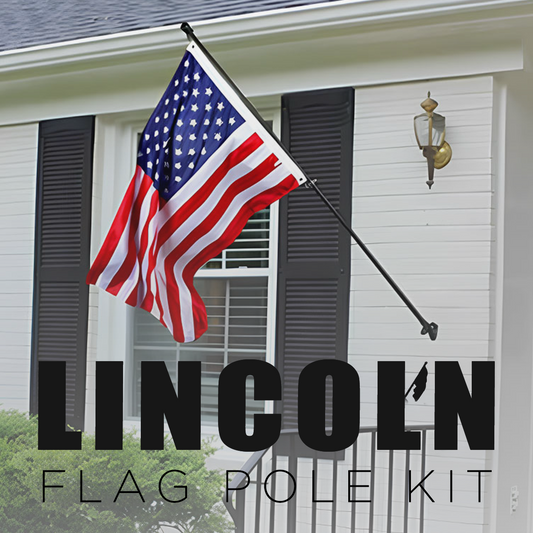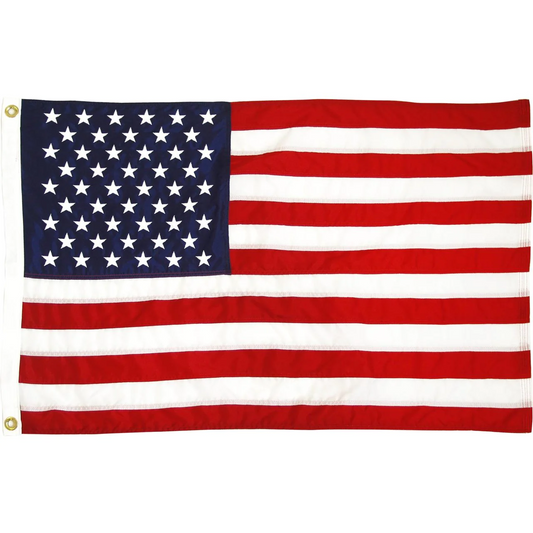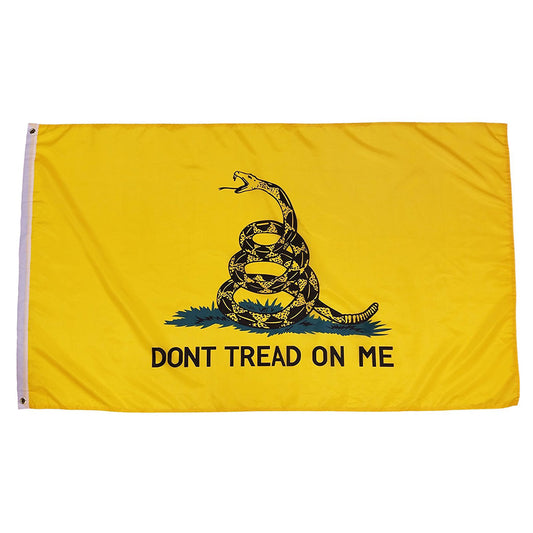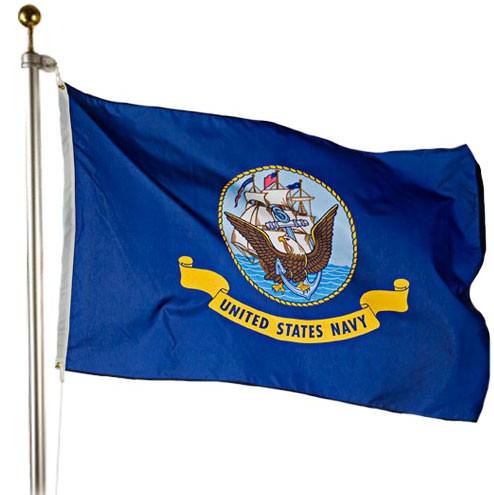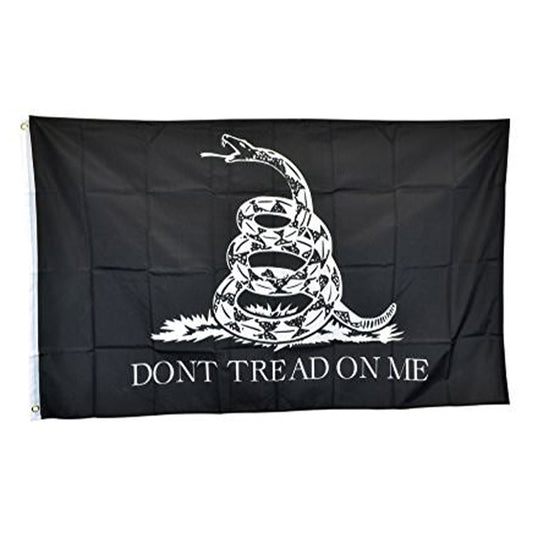
How to Keep Your Flag Flying Proudly During Winter
Winter brings harsh conditions—freezing temperatures, heavy winds, ice, and snow—that can strain both your flag and your flagpole.
With the right preparation and maintenance, you can protect your display and ensure your flag continues to fly proudly all season long.
Here’s how to safeguard your flag setup during the coldest months of the year.
Inspect Your Flagpole Before Winter Arrives
A thorough inspection at the start of the season helps prevent winter-related damage. Focus on:
-
Checking for cracks or corrosion on aluminum or metal poles
-
Inspecting halyards and clips for fraying, stiffness, or rust
-
Ensuring the pole base and ground sleeve are stable before the soil freezes
- Testing moving parts to ensure smooth operation
For help evaluating pole strength and stability, review these choosing a strong flagpole guidelines.

Choose the Right Flag for Winter Conditions
Some flags perform better in cold weather than others. Consider:
-
Lightweight polyester or nylon flags, which dry faster and resist freezing
-
Double-stitched or reinforced stitching to handle winter winds
- Flags designed for all-weather durability
To help care for your flag fabric during winter, here are some essential flag care basics you can follow.
Lower or Remove the Flag During Harsh Weather
During storms, snowfalls, and high winds, keeping the flag raised can lead to tearing or dangerous tangling. It’s safer to:
-
Lower the flag temporarily during intense forecasts
-
Store it indoors until conditions improve
- Avoid flying the flag during ice storms, as frozen fabric adds heavy weight
This simple step significantly extends the lifespan of your flag.
Prevent Ice Buildup on the Pole
Ice can add stress to both the pole and the hardware. Reduce buildup by:
-
Keeping the pole clean so moisture doesn’t cling to dirt and debris
-
Using protective coatings to repel moisture and frost
- Avoiding chemical de-icers, which may corrode metal or damage finishes
You can protect the surface and minimize winter damage by applying proper weatherproofing tips.

Maintain Halyards and Hardware Regularly
Cold temperatures can make ropes brittle and metal hardware stiff. To prevent malfunction:
-
Lubricate pulleys lightly with winter-safe lubricant
-
Check ropes for stiffness and replace if necessary
-
Tighten cleats and clips before winter storms
- Keep the halyard dry whenever possible
Regular checks ensure your flag remains easy to raise and lower despite the weather.
Protect the Pole Base and Ground Area
Winter affects the ground around your flagpole more than most people realize. Freeze–thaw cycles can shift soil, stressing the pole base. Protect it by:
-
Clearing snow from around the base so moisture doesn’t freeze against hardware
-
Inspecting the ground sleeve for movement after heavy frost
- Avoiding piling snow or ice directly against the pole
A stable foundation prevents leaning and long-term damage.
Use Lighting Designed for Winter Performance
If you illuminate your flag at night, ensure your lighting setup can withstand winter weather. Choose:
-
Solar lights rated for freezing temperatures
-
Weather-sealed fixtures that resist snow and moisture
- Positioning that avoids being buried by snow
For a reliable lighting upgrade that works in cold conditions, consider this winter-ready lighting.
Store Extra Flags for Rotation
Winter can wear down fabric faster. Keeping an extra, clean flag available allows you to:
-
Rotate flags during storms or heavy winds
-
Replace wet or frozen flags quickly
- Maintain a crisp, respectful display year-round
Proper rotation reduces long-term fabric damage.
Final Thoughts
Winter doesn’t have to interrupt your flag display. With smart preparation, regular checks, and weather-conscious habits, your flag can fly proudly even in harsh conditions.
A little extra care goes a long way toward preserving both your flag and your flagpole through the coldest months.




